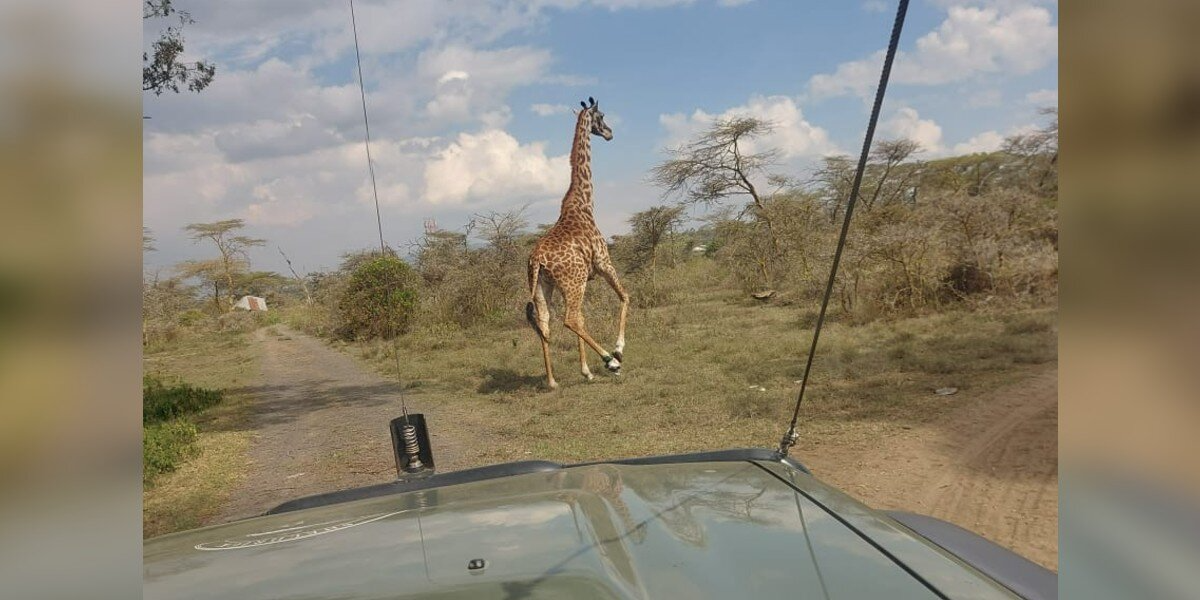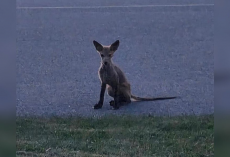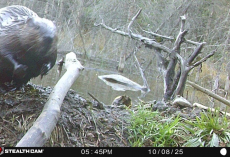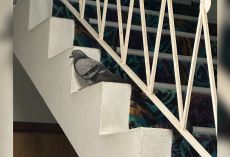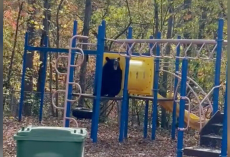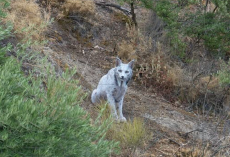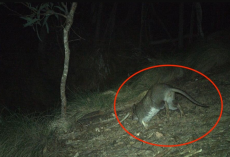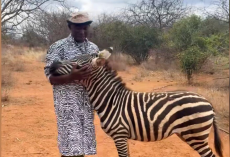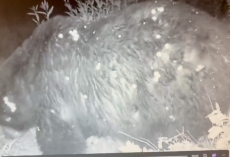Last month on the vast plains of Kenya, a giraffe peacefully grazed beside her family — until one small, strange object changed everything.
As she stepped forward, her hoof slipped into a discarded paint can. The sharp edges gripped tightly around her foot, trapping it in place. Each step she took splattered streaks of green paint up her leg — a silent signal that she needed help.
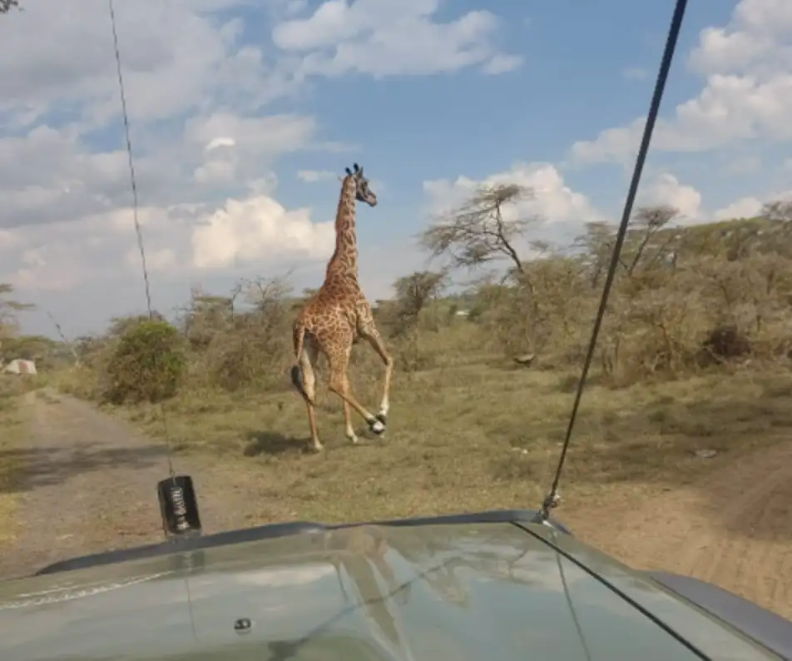
Word of the struggling giraffe reached Sheldrick Wildlife Trust (SWT), whose field teams quickly raced to the scene. When they arrived, they immediately understood the danger she was in.
If the can wasn’t removed soon, it could slice into her leg and cause a serious infection. Worse, her trapped hoof would stop wearing down naturally — something giraffes depend on to walk comfortably and survive.
“In time, [the can] would have affected her mobility,” said Sean Michael, SWT’s director of communications. “She would’ve struggled to find food and water — and predators would’ve easily caught her.”
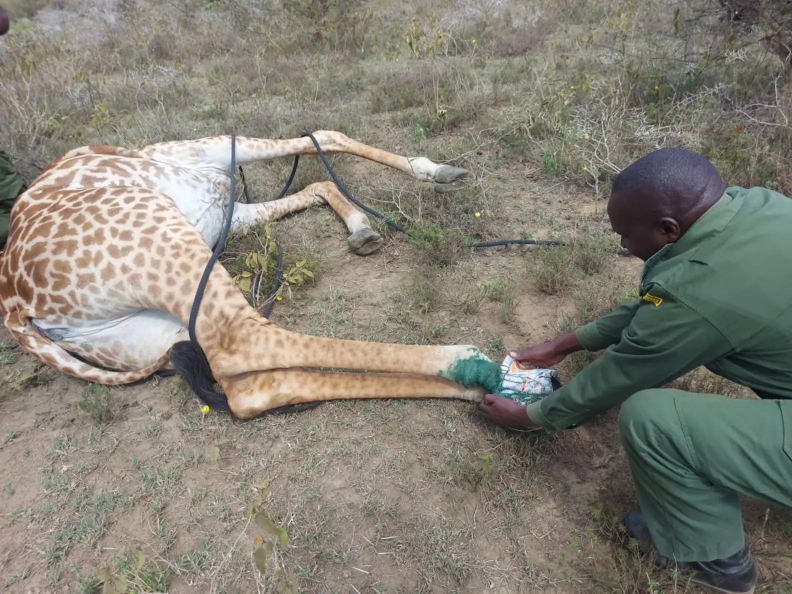
Working alongside the Kenya Wildlife Service (KWS), rescuers carefully guided the giraffe away from her herd so they could help her safely.
Putting a giraffe under full anesthesia can be dangerous due to their unique physiology, so the team briefly sedated her — just long enough to act.
Several rescuers steadied the tall, gentle giant while others carefully sawed through the metal can clamped around her foot. In minutes, it came free.
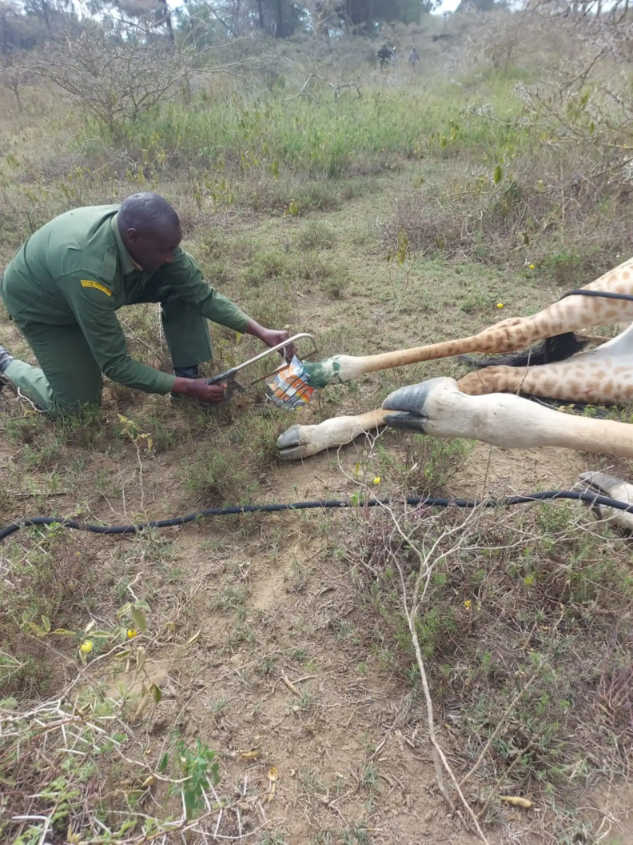
The team disinfected and treated her ankle before waking her fully. Within moments, the giraffe was back on her feet — and without hesitation, she broke into a run, heading straight toward her waiting family.
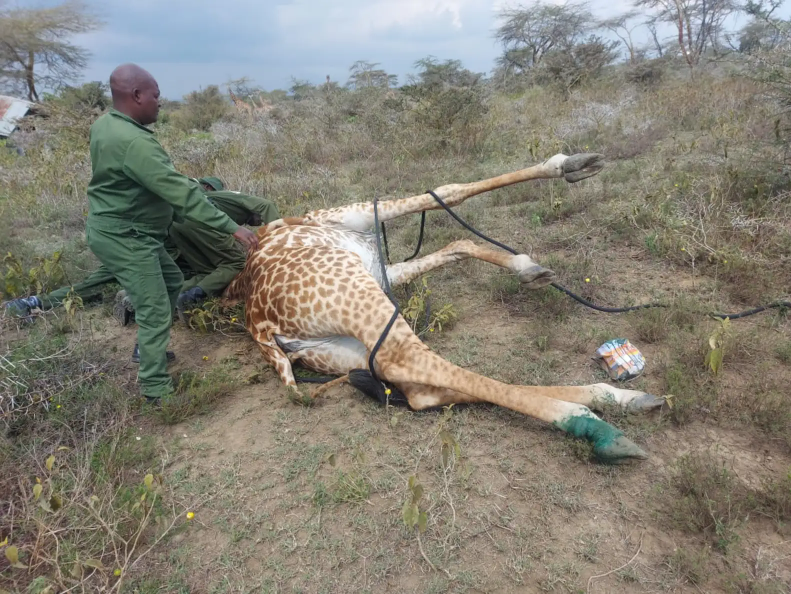
“She seemed very relieved to be free,” SWT shared in a Facebook post.
The rescue was a success — but also a sobering reminder. Somewhere, a single discarded paint can had turned into a deadly trap.
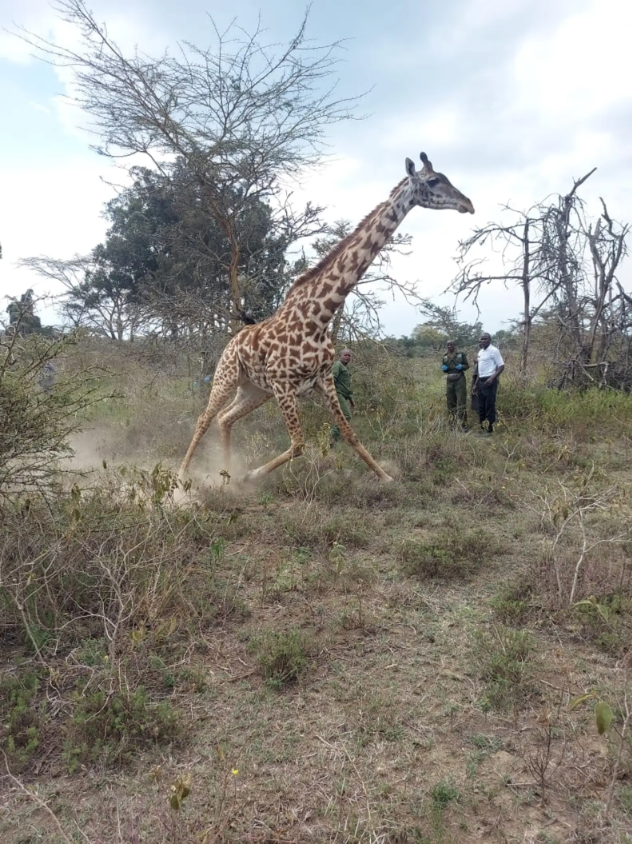
“Discarded without care, even the most mundane object can become lethal,” SWT wrote.
Thanks to the quick actions of rescuers, this giraffe’s story ended with freedom — not tragedy.
To help other wild animals like her, you can make a donation to Sheldrick Wildlife Trust through their website.

